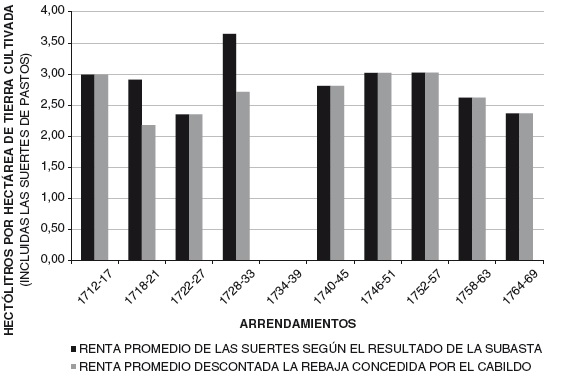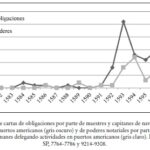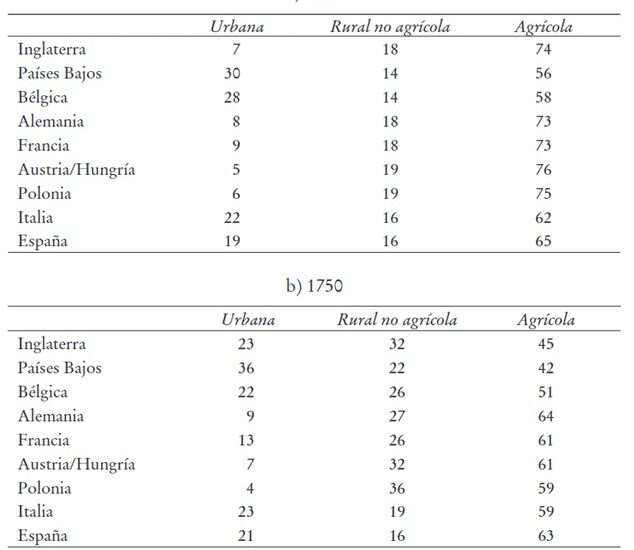
Notary publics set up public offices with royal authority to publicly attest the validity of an agreement and the identity of the parties who signed it. The use of this type of notarial document increased steadily in the main commercial centres of the time, such as Seville, because the notary public offices allowed local and foreign merchants to formalise their agreements without discriminating against them on the basis of their origin or status in the city. In this sense, the power of attorney could be relatively broad, granting full power to the proxy, or, on the contrary, very specific, limiting the action of the person who received it, as the flexibility of these was one of the factors that explained the popularity of the power of attorney itself. After Seville, the geographical references that appear most frequently in proxy letters are the ports of the Andalusian Atlantic coast, especially Sanlúcar de Barrameda, followed by Cádiz. The rise of the former was favoured by the policies of the Duke of Media Sidonia to attract foreign mercantile activity to the region. However, letters of obligation granted by masters and captains of the Carrera de Indias began to be frequent from the mid-1590s for several reasons: until then, contracts were formalised in other notaries’ offices; the existence of greater liquidity until 1590 allowed captains and masters to pay immediately without forcing payment on credit. From 1588 onwards, with the worsening of the wars with England and the Netherlands, merchants understood that the risk of financial operations with America increased and decided to formalise their operations to defend themselves against non-payment or confiscation by the monarchy.
Collection: Graphics
Project: 2. Social and economic impact of technological revolutions in Europe., 9. Travels and travelers: economic, social and cultural connections.
Chronology: XVI
Scope: Secondary Education, Baccalaureate, University
Link: https://revistas.usal.es/index.php/Studia_Historica/article/view/shhmo20204213964/22495
Resource type: Graph
Format: Line chart
Source: Jiménez Montes, Germán, «Sepan quantos esta carta vieren: poderes notariales y comercio transnacional en Sevilla, 1570–1600», Studia Historica, Historia Moderna, 42, nº1 (2020), pp. 39–64.
Language: Spanish
Date: 2021
Owner: Álvaro Romero González (Modernalia)
Copyright: © Germán Montes Jiménez © Revista Studia Historica, Historia Moderna
Abstract: The importance of letters of obligation granted by masters and captains of ships in the late 16th century
Image
Tags








